{This article is written in partnership with Open app®—they’re dedicated to creating sleek social space for meditation, movement, and practice—on and offline—and we’re proud to work with them. Also, please join us for Focused Mind, Open’s new course, and you’ll also get full (FREE) access to the app for 30 days! ~ ed.}
~
If you’re distracted, welcome to the party.
My phone and household gadgets have been pingin’ and ringin’ all morning—and like Pavlov’s experiment with the dog and the sound of the bell, I spring in the direction of something other than what I was supposed to be doing… over and over again.
I need to effin’ focus.
Sign Up for the 10-Day Focused Mind Program (Free)>>
As the folks over at (my new favorite) Open app point out, our attention is “under siege,” and I feel that.
Twenty-one tabs are open on my laptop and my dog is steadily squeaking her toy right next to me, begging for some love. I am quickly distracted and surrender to them.
It’s not just me either. Look at this chart, our attention spans have dropped from 2.5 minutes (2004) to 47 seconds (2024). This fact is as terrifying as it is not surprising.
After my awareness of the mayhem in my monkey mind starts to rise, I do the mindful thing. I take a few deep breaths—and smile. I have a new anti-distraction tool to try so I close all the tabs, quiet my pooch with a few pets, and press the bold and familiar black and white widget to the Open app.
The Elephant community was obsessed with Open’s 14-day Mental Detox and now their new 10-day Focused Mind program was just released. I cannot wait to try it. Spoiler alert: I just finished and I’m feeling a huge shift (mentally, emotionally, even physically).
If you’re like me and jump between texts, emails, and the dishes…, reach for your phone every 5 minutes…, zone out during conversations or meetings…, procrastinate, and lose track of what you were just working on…, I invite you to download this slick meditation and breathwork app and dig in.
I’m greeted with this quote,
“You are your own teacher. Investigate yourself to find the truth—inside, not outside. Knowing yourself is most important.” ~ Ajahn Chah
Not only is this on an eye-pleasing page of calming colors, but the words are also Ajahn Chan’s. His work was shared with me by my wise friend and mentor during a two-year study of becoming a Mindfulness Meditation teacher…and now, here he is on my new meditation app.
I’m not too surprised. Open is a transformational body-mind experience. They bridge science and spirituality so you can regulate your nervous system and access a new perspective. They offer breathwork, meditation, and movement designed by experts in neurobiology, mindfulness, and fitness. You can practice on their app or in-person at their Los Angeles studio.
Yet why does a mindful writer and meditation teacher need an app to get focused? When wildly distracted, sometimes tools like this (especially the breathwork and short guided meditations) help me start over with a beginner’s mind and learn new tricks to pass on.
Meditation is called a practice for a reason.
If you’re interested, here’s the “Focus Protocol.”
Reclaim your Focus and Try Open App FREE for 30 days >>
The first fifteen-minute guided meditation is titled “Free Will.”
We’re invited to sit, stand, or lie down. Colors fade in and out, so if an open gaze is something you’re more comfortable with, rather than complete darkness behind your eyes while meditating. It’s a soothing feature.
Our message in the first session is clear:
“Every time you catch your mind wandering and bring it back to the present moment, you create a meaningful opportunity to direct focus and exercise your Free Will. By building the capacity to choose where your attention goes, you can reclaim your power to live with intention and purpose.”
This app gets it and sounds like my mentor—I am quickly drawn in.
Flash forward.
Day Two’s “Attention Span Test” and Day Three’s “Train your Awareness” lessons were fifteen-ish minutes that passed like 5.
Then came Day Four, “Distracted?” Louis L. led the guided meditation which began with a box breathing sesh like I’ve not experienced before. His voice + music + conscious breath = my full attention—and a smile.
He asked how the beats and sounds landed in our ears, where they resonated in our bodies.
“Where do you feel these sounds?”
My shoulders relaxed even more than before, brows softened, mouth gently lifted, and heart swelled from a peaceful inner joy. The beats of music during the meditation resonated everywhere.
He closed the session with this reminder, “As you move on with your day, notice when you are pulled to instant gratification. Pause and anchor for just a few moments—notice how it works for you.”
Instant gratification and distraction go hand-in-hand, and for the rest of the day, it was obvious. I also noticed when pulled in a new direction, how not only my breath but the actual beat of it, shifted me back to center. It was super fun.
Day Five’s Focus, “Feng Shui,” brought 15 minutes of something I really needed.
The ancient Chinese practice of Feng Shui, of arranging our living or workspaces to optimize the flow of energy, combined with meditation, really hit home. That morning of the first day, I was absolutely needing to get a grip on mine, among all the other things. The meditation mentioned how visual clutter increases the cognitive load imposed on me. The clutter was reducing the amount of mental resources available for any other activity or task—making it feel impossible to concentrate.
The meditation did not stop there.
Decluttering is essential—both physically and digitally. Taking steps like organizing the apps on our home screens, disabling notifications, and switching our phones to grayscale can minimize the visual stimulation on our devices reducing cognitive load and making it easier for our brains to focus on a single task.
I decided to try on two of the suggestions from my short pause with the Open app—one being the Grayscale feature.
No color on my phone except gray sounded like torture. I’m one whose space is saturated in color, from my garden to my home’s decor to the bright blue striped shirt and mossy green sweater I have on today—which is why I had a sneaking hunch I might need this lesson. Do I need vibrant colors on my phone as well?
I looked up what to do:
1. Go to Settings
2. Select Accessibility
3. Turn on Filter Colors
4. Select Grayscale
Whoa, the relationship between my visual field and focus changed already—my phone looked boring without color. I wanted nothing to do with it. This was going to be an interesting experiment.
I also completely decluttered my desk.
As a creative, I like having little things near me that send my mind wandering, spark joy, or remind me of my purpose. I’ve always gone with more of an Albert Einstein decorating style vs. Feng Shui. He once asked, “If a cluttered desk is a sign of a cluttered mind, of what, then, is an empty desk a sign?”
I agreed to this challenge though, so my desk got a make-over. Two potted plants, a candle, a small meditation bell in a gold box, editing and poetry books neatly standing between silver storage boxes, the clay pencil cup my child made, and hand-carved elephants from Kenya all found new homes. I even took down the bright Pollock-styled oil painting where I mentally daydream often. I lifted my jar of water off of the red coaster that reads, “ Keep Calm and Carry On,” and flipped it over.
Um, writing all that out makes one thing quite clear—the experiment brought noticeable change. It was a clean slate.
The rest of the meditations hit home in powerful unique ways as well.
I felt myself quietly changing, even my flow state improved.
Try Open App for 30 days, for FREE, and bring back your Focus & Flow >>
The Open app reminded me that flow is not something you stumble on by accident. You can train for it…and bring more ease and mastery to everything you do.
William James, the father of psychology, first put his finger on this science of transforming our experiences and our lives through our brains. It is malleable, capable of forming new connections and pathways in a process called neuroplasticity. When we consistently choose thoughts that align with our values and goals, we can reshape our mental and emotional landscape. The process is crucial for mental health, empowering us to break free from old patterns and adopt new, healthier ways of being—and we can practice the process in meditation.

Our focus affects everything from our finances to our relationships. It’s worth our attention—and this 10-day program worked.
The changes I implemented stuck, for the most part. The protocol is still in place; the colors are back when I am purposely using my phone; and a few things found their way back to my desk that are helpful, make me happy, and don’t distract.
If you’d like to reclaim your attention and redirect your life, the fifteen-minute practices will not only help you get your work done, but they’ll begin to give you a greater sense of agency in your life—in only ten days.
Try the Open app, FREE for 30 days, & let us know how it goes >>
And like they say at the end of each lesson,
“Thank you for Opening with me.”
 Share on bsky
Share on bsky

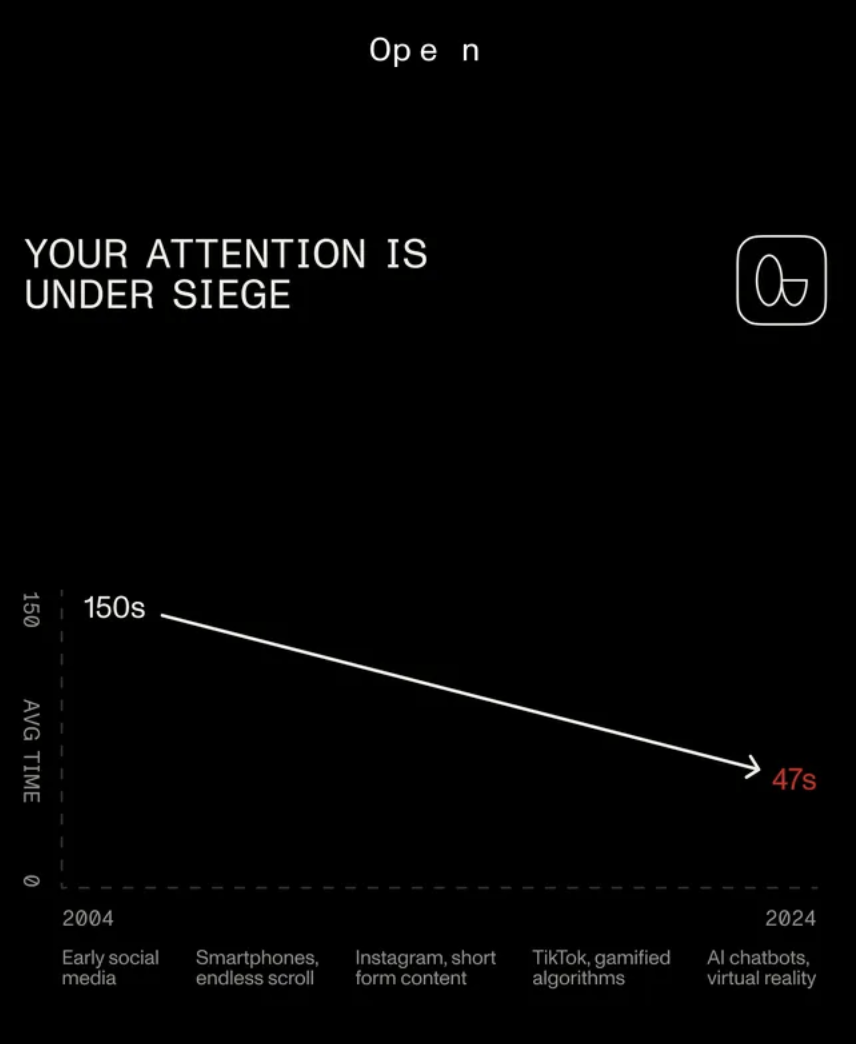
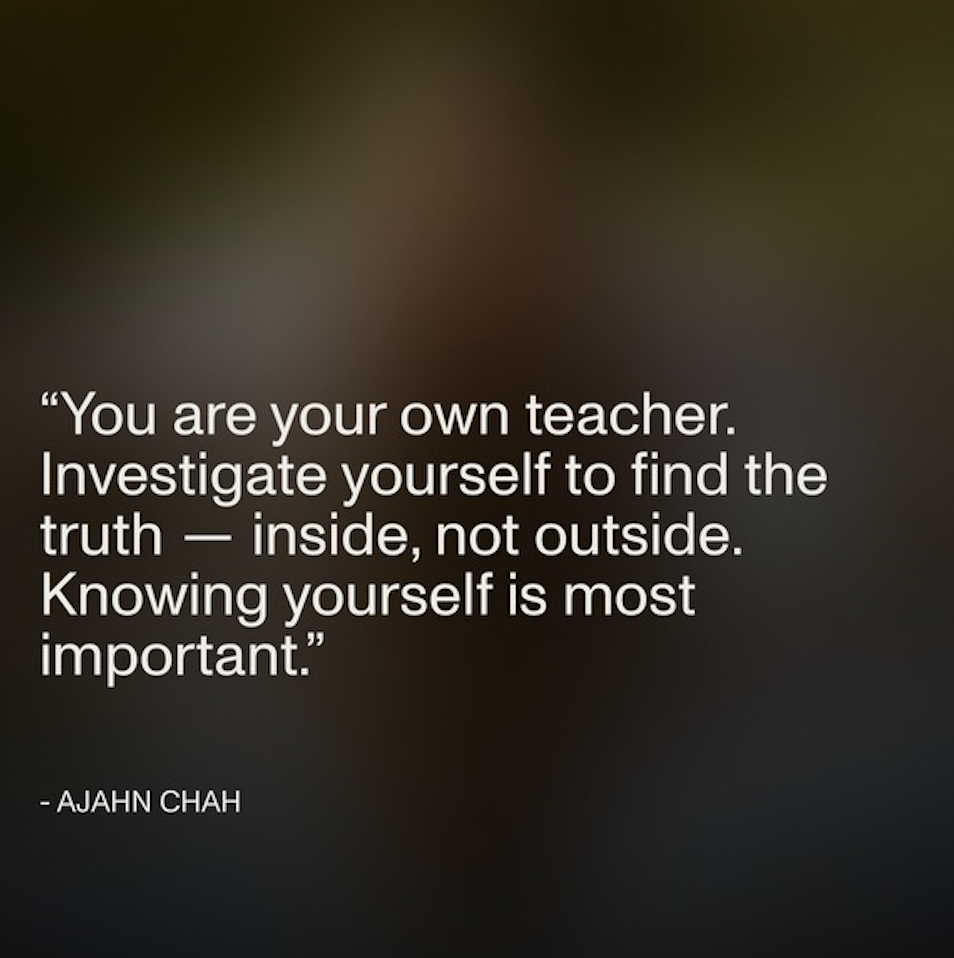
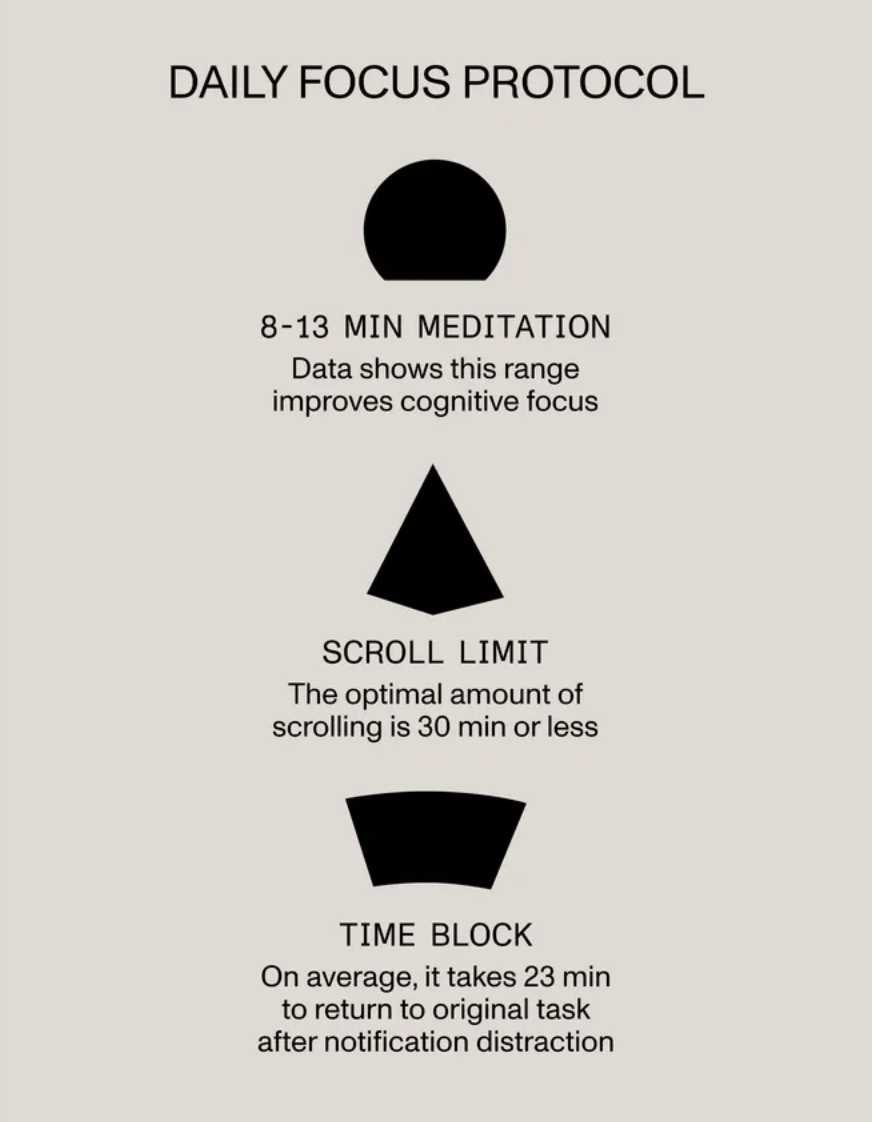
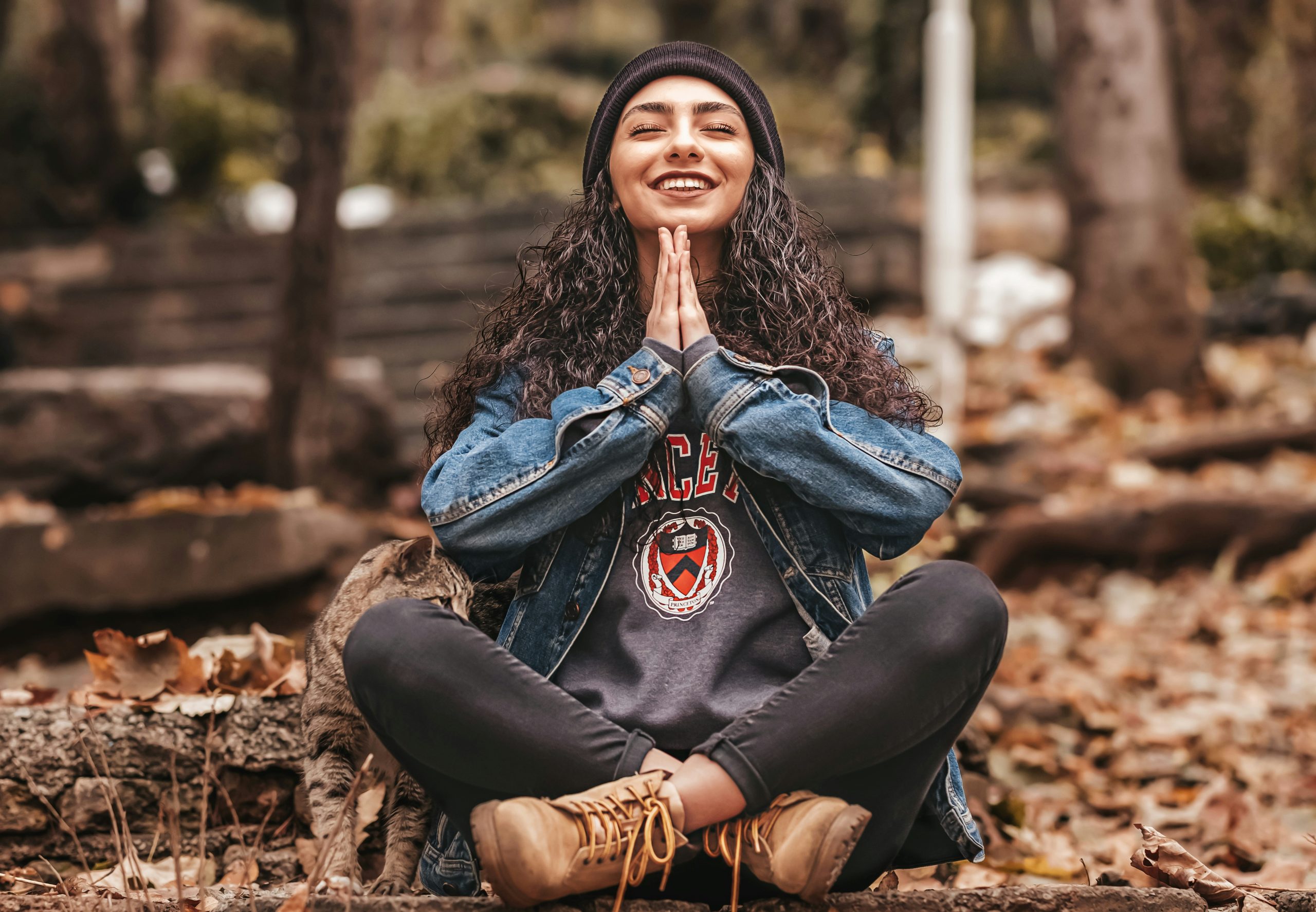
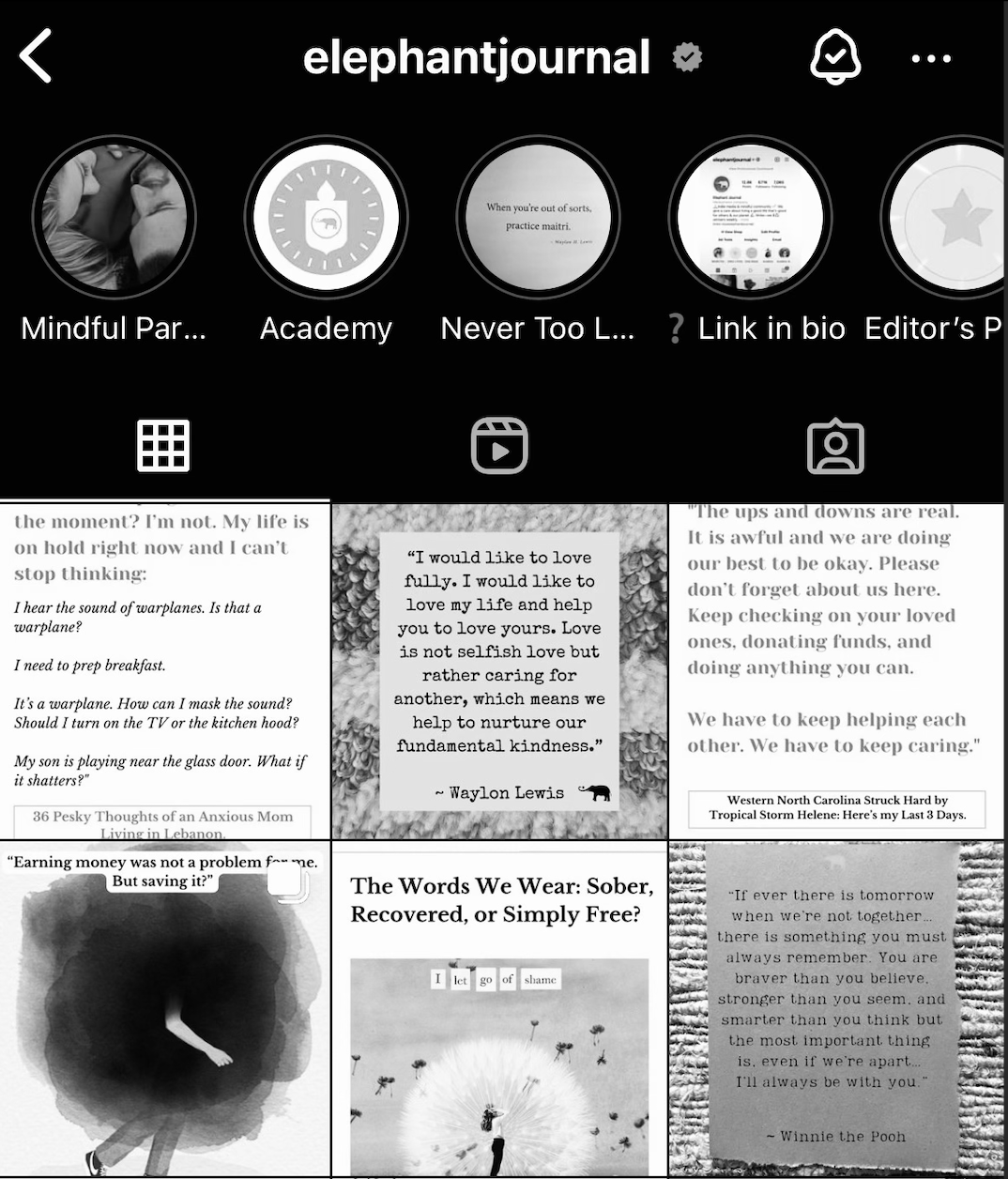
Read 0 comments and reply